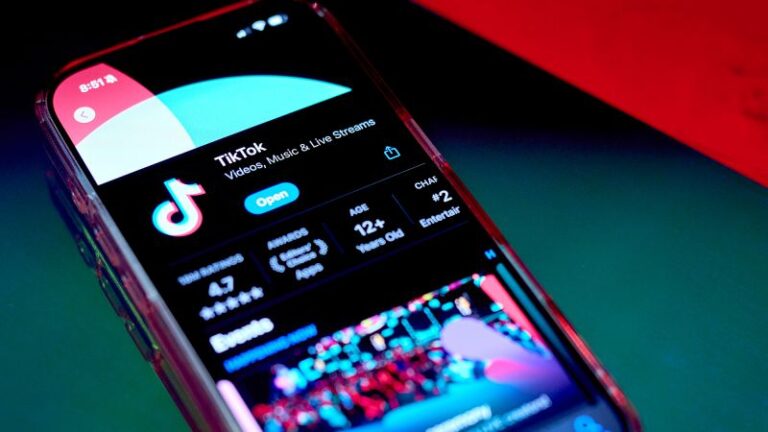China’s Trade Strategies Pivot to TikTok Amid Tariff Turbulence
Location: New York Source: CNN
As the trade war evolves, China has turned its attention to a new arena: TikTok. Chinese suppliers are actively engaging with American users on the platform, promoting their products as a way to bypass President Donald Trump’s hefty 145% tariffs on imports from Beijing. This development signifies a shift in tactics as Chinese entities seek to connect directly with U.S. consumers.
Chinese Suppliers Target U.S. Consumers
This week, TikTok has seen a surge of videos from Chinese manufacturers urging American consumers to purchase directly from their factories instead. One prominent TikTok user, under the name Wang Sen, claims to be the original equipment manufacturer (OEM) behind luxury brands. His videos showcase high-end items like Birkin bags, encouraging viewers to circumvent tariffs by buying directly at significantly lower prices.
TikTok’s Role in the Trade Conversation
Despite the allure of great deals, experts caution that many of these users do not represent legitimate suppliers for brands such as Chanel or Lululemon. Authentic manufacturers typically operate under strict non-disclosure agreements, making the claims of these TikTok users highly suspect. Furthermore, the rise of platforms like DHgate, known for offering replicas of luxury products, has catapulted to the second spot in the U.S. Apple App Store.
Impact of Tariffs on Consumer Choices
These videos have sparked consumer anxiety over tariffs, revealing how much American shoppers depend on Chinese goods. While the U.S. government advocates for policies that prioritize American interests, the reality is that these policies may lead to decreased access to popular products for American consumers, who could soon face higher prices or limited choices.
Counterfeit Concerns and Celebrity Backlash
One TikTok influencer, known as LunaSourcingChina, claims her sources provide Lululemon leggings at a mere fraction of the retail price. However, Lululemon was quick to refute these assertions, emphasizing that these factories are not involved in their supply chain and warning consumers about potential counterfeit products. Experts further highlight that factories marketed as direct suppliers may not be legitimate, as established brands typically prohibit such sales directly to the public.
Understanding Luxury Supply Chains
The conversation surrounding these videos brings to light questions about the origin of luxury goods. While some elements of high-end products may be produced in China, the final assembly often occurs in countries like France or Italy, raising concerns about product authenticity and quality. Customers who choose to buy from TikTok sellers may find themselves without reputable safety assurances, warranties, or the possibility of returns, putting them at risk.
Environmental Considerations of Online Shopping
As these TikTok videos gain traction, they also highlight America’s heavy reliance on international supply chains and the environmental implications of shipping goods from China. The individual delivery model is criticized for its significant carbon footprint and waste generation, leading to a growing concern among consumers about the sustainability of their purchasing habits. This awareness may prompt a reevaluation of how and where products are sourced.
In conclusion, as the landscape of trade evolves alongside digital platforms like TikTok, both consumers and suppliers must navigate a complex web of tariffs, authenticity, and environmental impact. The digitization of trade strategies exposes the hidden realities of consumerism in today’s interconnected global economy.
